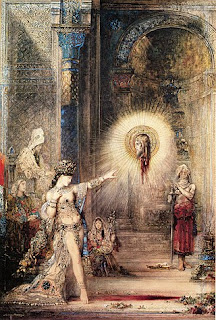Roberto Bolano’s Cowboy Graves: Book Review
By Armando Ortiz
Roberto Bolano’s collection, Cowboy Graves, was published posthumously in 2017. The English translation was released in 2021. Known for his novels 2666, and Savage Detectives Bolano offers readers three novelettes that are partly biographical and woven into his broader literary world. This collection serves both as an introduction to Bolano’s world and as stand alone narratives that will captivate fans. The tales explore themes of revolution, artistic ambition, and identity, set against the backdrop of society’s underbelly. Bolano’s characters grapple with antisocial tendencies, revolutionary aspirations, and the challenges of navigating life’s unpredictable events, yet they hold onto the hope of changing the world.
In the first novelette, Cowboy Graves, we meet Arturo Belano, a Chilean born in Concepcion, who moves to Mexico City and later returns to Chile. Through Arturo’s recollections of his father, Bolano explores themes of identity and belonging. Arturo recalls moments with his father, a man torn between bravado and a desire to display his Mexican vaquero roots. In Mexico City, Arturo forms a friendship with “The Grub” as is drawn to leftist ideologies, prompting his return to Chile and joining the revolution. However, his outsider status leads to incarceration and violence. Despite the challenges he faces, Arturo’s love for literature remains his lighthouse like an unmovable rocky coastline. Following Arturo’s journey, the second novelette introduces a new character in a different setting. In this case he is offered a chance to go into exile in France, but also to live in the sewers of Paris.
In French Comedy of Horrors, a young poet in Guyana that has just witnessed an eclipse decides to take the long way home only to find himself lured into the underground world of surrealists by a phone call from Paris. The caller attempts to convince him to relocate to Paris, promising an artistic awakening. This story delves into the multifaceted nature of literature, contrasting mainstream and unconventional writing. Bolano highlights the choices writers face: pursuing fame or evoking emotions and actions. Yet, it is the individual who decides what community he will join or what lane his art will take. Ultimately, the story underscores the idea that whatever path we choose, we may become exiles due to our art, ideas, or geographical moves.
The third novelette, Fatherland, reflects on the concept of homeland and its implications for both Bolano’s characters and the reader. It prompts reflection on how we define our place of birth and lineage, asking whether we reside in the motherland or fatherland. This story expands on Bolano’s experiences in Chile and the leftist revolution, but also contemplates physical and mental exile. It examines how past, present and future environments influence writers and their creations. In this way, Bolano invites readers to ponder the impermanence of places, material possessions, identities, and even ourselves.
The stories in Cowboy Graves are engaging and original, though parts of “The Grub” appear in The Savage Detectives. Additionally, the scene where Arturo shares his fiction with a Jesuit echoes themes from another of Bolano’s novels. Nevertheless, like much of Bolano’s work, these posthumously published stories challenge readers to explore the motivations behind their writing and inspire them to continue their creative journeys. They also serve as a mirror, reflecting on our favorite writers, the makeup of our identities, and how life’s contexts lead us to make unexpected choices that can result in voluntary or involuntary exile. Bolano’s Cowboy Graves not only enriches our understanding of his literary universe but also invites us to reflect on our own artistic ambitions and identities.

















